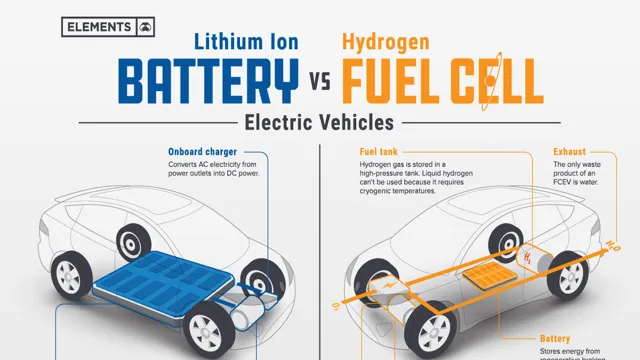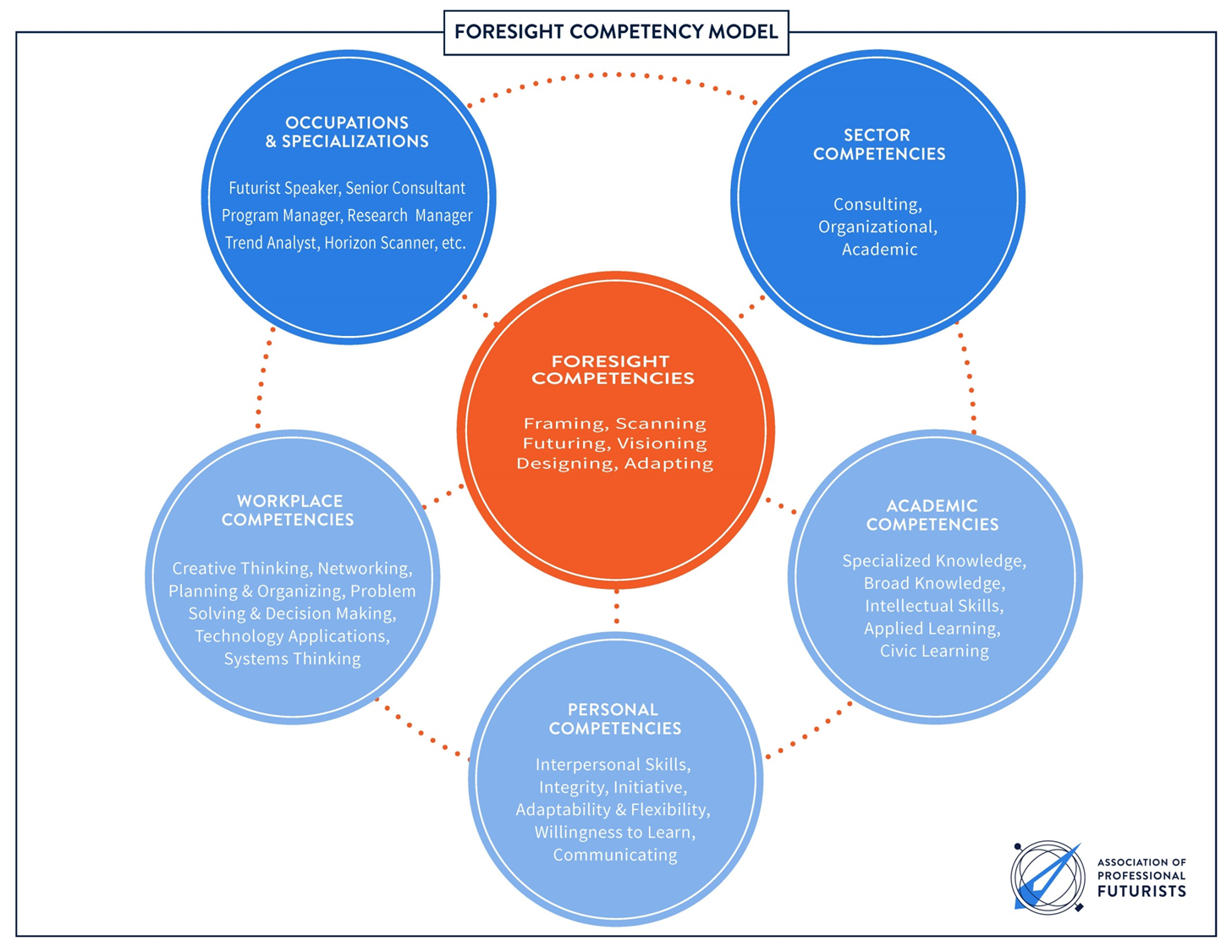Hydrogen Fuel Cell Buses Vs. Battery Electric Buses: A European Perspective

Table of Contents
Range and Refueling Time: A Critical Difference
One of the most significant differences between hydrogen fuel cell buses and battery electric buses lies in their range and refueling time. This impacts operational efficiency and overall feasibility for various routes and urban landscapes.
Battery Electric Buses:
Battery electric buses currently face limitations in range and charging time. Longer routes might experience "range anxiety," necessitating strategically placed charging stations. The charging infrastructure itself represents a significant investment.
- Typical range: 150-300 km (depending on battery capacity and operational conditions)
- Charging times: Several hours for a full charge, depending on the charging infrastructure (slow, fast, or ultra-fast charging).
- Charging infrastructure costs: Substantial investment in charging stations, grid upgrades, and potentially smart charging management systems.
- Impact of weather on battery performance: Cold temperatures can significantly reduce battery range and charging efficiency.
Hydrogen Fuel Cell Buses:
Hydrogen fuel cell buses offer a considerable advantage in range and refueling speed. Refueling times are comparable to diesel buses, minimizing downtime and increasing operational flexibility.
- Typical range: 300-500 km or more (depending on fuel cell technology and operational conditions)
- Refueling times: Similar to diesel buses – a matter of minutes.
- Hydrogen production methods and their environmental impact: Green hydrogen, produced from renewable energy sources, offers true zero-emission potential. Grey hydrogen, produced from natural gas, still results in significant CO2 emissions. Blue hydrogen, produced from natural gas with carbon capture and storage, represents an intermediate solution.
- Cost of hydrogen refueling infrastructure: Establishing a hydrogen refueling network requires significant initial investment but may become more cost-effective with scale.
Infrastructure and Deployment Costs: The Economic Factor
The economic aspects of deploying either type of bus significantly influence the choice for European cities. Both technologies require substantial upfront investments, but the nature of these investments differs considerably.
Battery Electric Buses:
Deploying a fleet of battery electric buses involves substantial investment in batteries, charging infrastructure, and potential grid upgrades.
- Battery purchase and lifecycle costs: Batteries constitute a significant portion of the initial investment, with lifecycle costs needing careful consideration.
- Charging station installation and maintenance costs: The cost of installing, maintaining, and upgrading charging infrastructure can be substantial, especially in areas with limited grid capacity.
- Electricity grid reinforcement costs: In some cases, grid upgrades might be necessary to accommodate the increased electricity demand from charging numerous buses.
Hydrogen Fuel Cell Buses:
The cost of deploying a hydrogen fuel cell bus fleet includes investments in hydrogen production, refueling infrastructure, and specialized vehicles. However, government incentives are playing an increasingly important role in mitigating these costs.
- Hydrogen production costs: The cost of hydrogen production varies significantly depending on the production method (green, blue, or grey hydrogen). Green hydrogen is currently more expensive but is expected to become more competitive with technological advancements and economies of scale.
- Refueling station installation and maintenance costs: Similar to charging stations, building and maintaining a hydrogen refueling network involves significant costs.
- Cost of hydrogen fuel cell buses: Hydrogen fuel cell buses are currently more expensive than battery electric buses.
- Government funding and support schemes: Various European countries offer funding and support schemes to encourage the adoption of both hydrogen and battery electric buses.
Environmental Impact: A Holistic View
A comprehensive environmental assessment requires analyzing the entire lifecycle of each bus type, from production to end-of-life.
Lifecycle Emissions:
Both technologies offer significant environmental benefits over diesel buses, but their lifecycle emissions differ substantially.
- Well-to-wheel emissions for both technologies: Battery electric buses' well-to-wheel emissions depend heavily on the electricity source used for charging. Using renewable energy sources minimizes their impact. Hydrogen fuel cell bus emissions depend heavily on the hydrogen production method. Green hydrogen offers true zero-tailpipe and well-to-wheel emissions.
- Consideration of battery recycling and responsible disposal: Battery recycling is crucial for minimizing the environmental impact of battery electric buses.
- The role of renewable energy sources in powering charging and hydrogen production: Using renewable energy sources is essential for minimizing the overall environmental footprint of both technologies.
Air Quality Impact:
Both hydrogen fuel cell buses and battery electric buses significantly improve local air quality by eliminating tailpipe emissions. This benefit is crucial for public health in urban areas.
Technological Maturity and Future Outlook:
Both technologies are continuously evolving, with ongoing research and development efforts aimed at improving performance and reducing costs.
Current State of Technology:
Both battery electric and hydrogen fuel cell bus technologies are commercially available in Europe, but their market penetration varies across countries.
- Number of buses in operation in different European countries: The adoption rate differs significantly depending on national policies, infrastructure availability, and technological advancements.
- Advancements in battery and fuel cell technology: Ongoing research is focused on improving battery energy density, lifespan, and charging speed, as well as enhancing fuel cell efficiency and durability.
- Key manufacturers and suppliers: Several major manufacturers are actively developing and supplying both battery electric and hydrogen fuel cell buses.
Future Development and Challenges:
The future of both technologies is promising, but several challenges need to be addressed for large-scale deployment.
- Technological breakthroughs expected in the coming years: Further advancements in battery and fuel cell technology are expected to lead to cost reductions and improved performance.
- Government policies and regulations promoting zero-emission transport: Government incentives and regulations play a vital role in driving the adoption of both technologies.
- Challenges in scaling up production and deployment: Scaling up production and deploying the necessary infrastructure will be crucial for widespread adoption.
Conclusion: Making the Right Choice for European Cities: Hydrogen or Battery Electric Buses?
Both hydrogen fuel cell buses and battery electric buses offer viable pathways towards zero-emission public transport in Europe. However, the optimal choice depends on several factors, including route length, existing infrastructure, cost considerations, and the availability of renewable energy sources for charging and hydrogen production. Each city needs to assess its specific needs and circumstances to make an informed decision. Continued investment in research and development of both technologies is crucial for achieving a truly sustainable public transportation system across Europe.
To learn more about making informed decisions regarding sustainable transportation in your community, explore resources on hydrogen fuel cell buses and battery electric buses [link to relevant resources].

Featured Posts
-
 Commerce Advisor Highlights Governments Role In Facilitating Ldc Graduation
May 07, 2025
Commerce Advisor Highlights Governments Role In Facilitating Ldc Graduation
May 07, 2025 -
 Heavenly Style Rihannas New Savage X Fenty Bridal Designs
May 07, 2025
Heavenly Style Rihannas New Savage X Fenty Bridal Designs
May 07, 2025 -
 The Karate Kid Franchise A Look At The Films And Their Success
May 07, 2025
The Karate Kid Franchise A Look At The Films And Their Success
May 07, 2025 -
 Skypes Foresight How It Predicted The Future Of Communication
May 07, 2025
Skypes Foresight How It Predicted The Future Of Communication
May 07, 2025 -
 Rihannas Third Pregnancy A Look At Her Journey
May 07, 2025
Rihannas Third Pregnancy A Look At Her Journey
May 07, 2025
